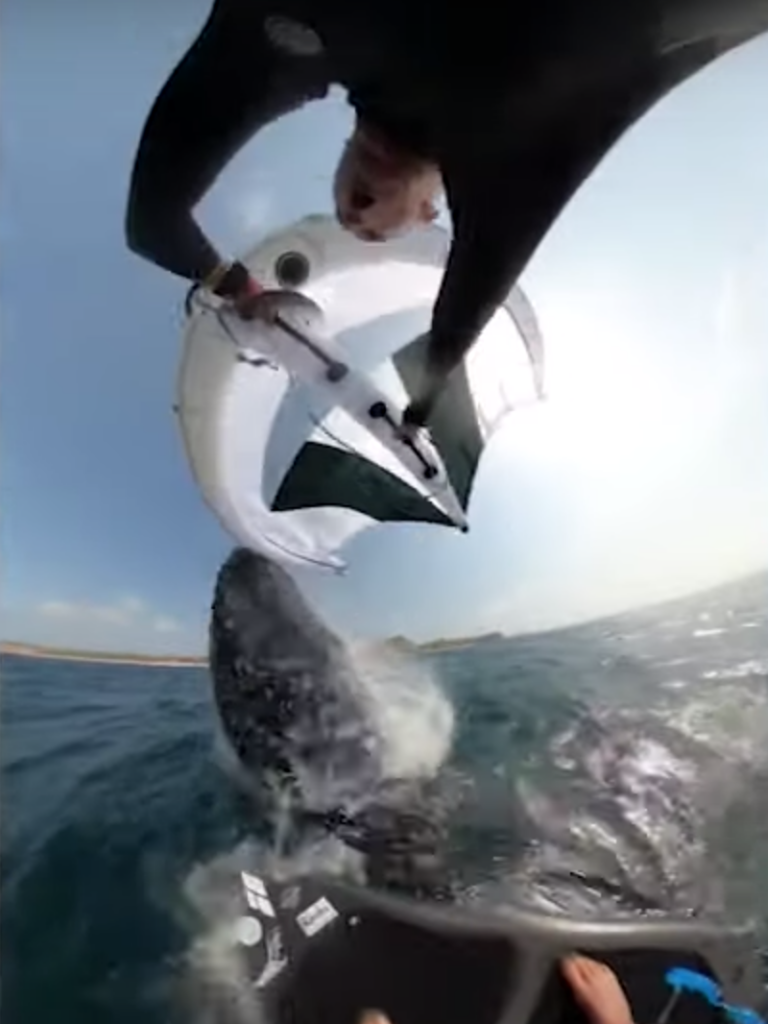In the vast expanse of the ocean, where the boundary between man and nature often blurs, incredible encounters can happen in the blink of an eye. Recently, one such extraordinary event made waves across the internet: a man knocked off his sailboard by a gentle giant of the sea – a humpback whale.
It was a serene day off the coast, with the sun casting its golden rays upon the shimmering surface of the water. The surfer, quietly paddling through the waves, had no inkling of the spectacle that awaited him. Suddenly, a massive shadow emerged beneath his vessel, followed by a gentle nudge that sent him plunging into the cool embrace of the ocean. For a heart-stopping moment, man and whale shared a space where the boundaries of their worlds converged.
This captivating encounter serves as a poignant reminder of the majesty and mystery of the ocean and its inhabitants. The humpback whale, known for its gentle nature and presence, graced the surfer with a moment of pure wonder.
Let’s delve deeper into what Humpback whales do for fun!
Playing with Objects
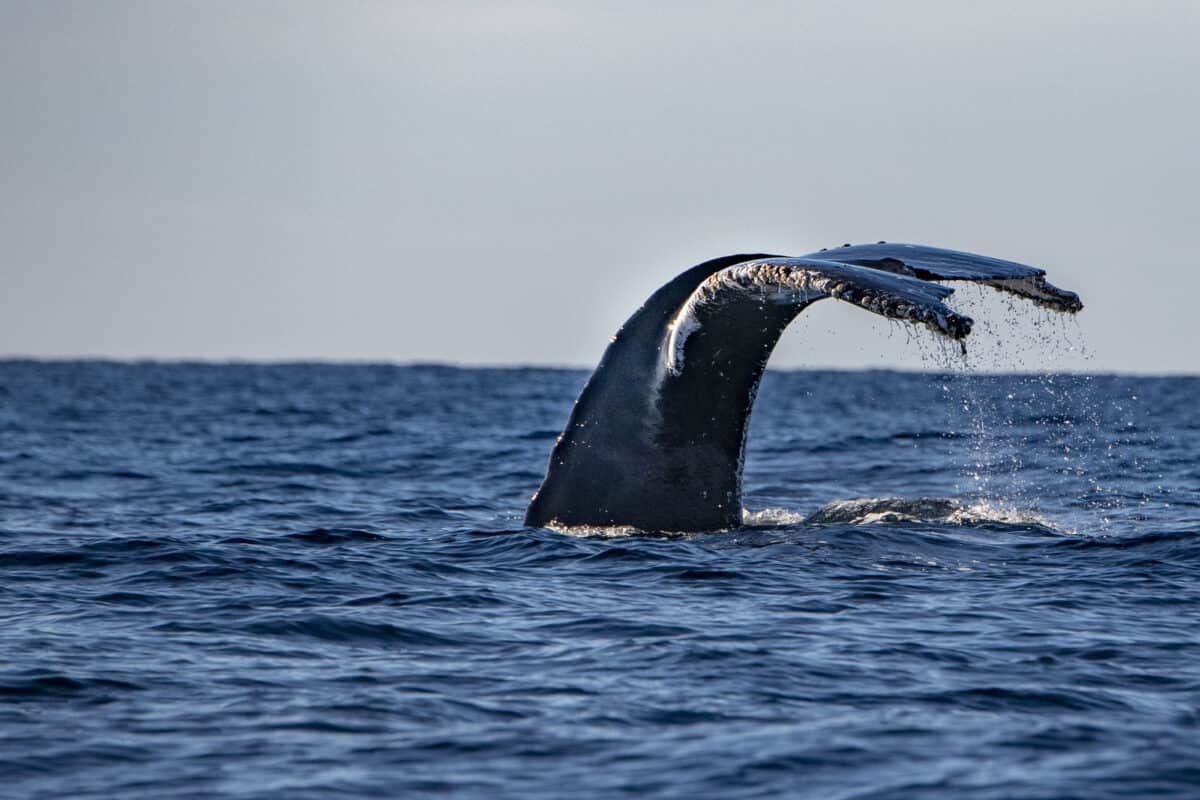
Humpback whales have been observed playing with objects such as kelp, logs, or even pieces of plastic debris. Or in this case, a sailboat! They might push these objects around with their fins, toss them in the air, or rub against them. This behavior suggests a curiosity and perhaps a sense of playfulness.
Breaching
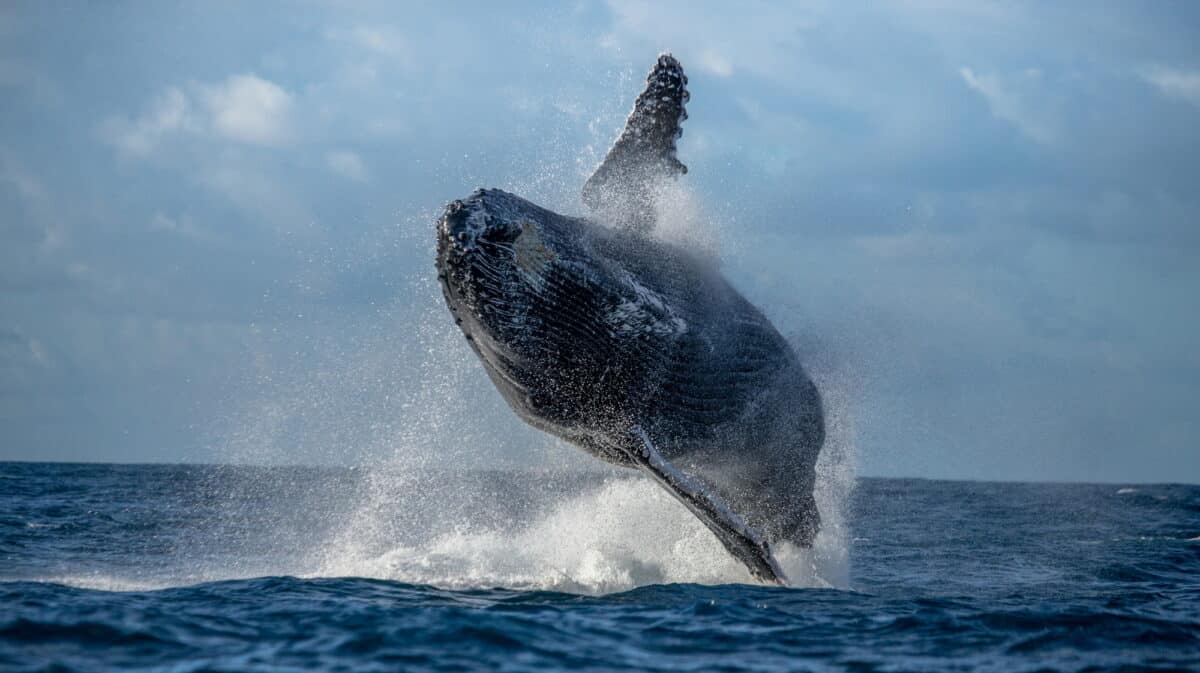
Humpback whales are known for their spectacular breaches, where they propel their massive bodies out of the water and crash back down. While the exact reason for breaching is not fully understood, it’s believed to be a form of communication, play, or even a way to dislodge parasites.
Singing
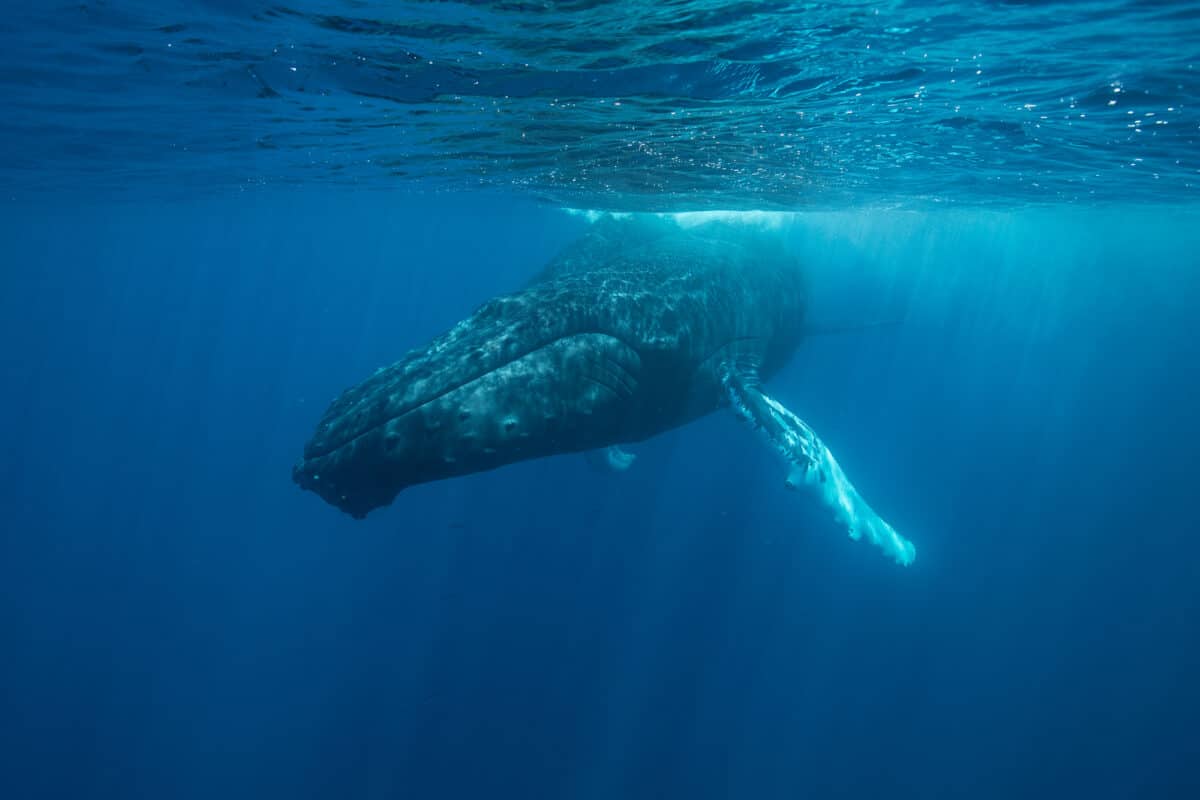
Male humpback whales are famous for their intricate and haunting songs. These songs can last for hours and are thought to be a way of attracting mates or establishing territory. Some evidence suggests that they might also sing purely for enjoyment.
Bubble Net Feeding
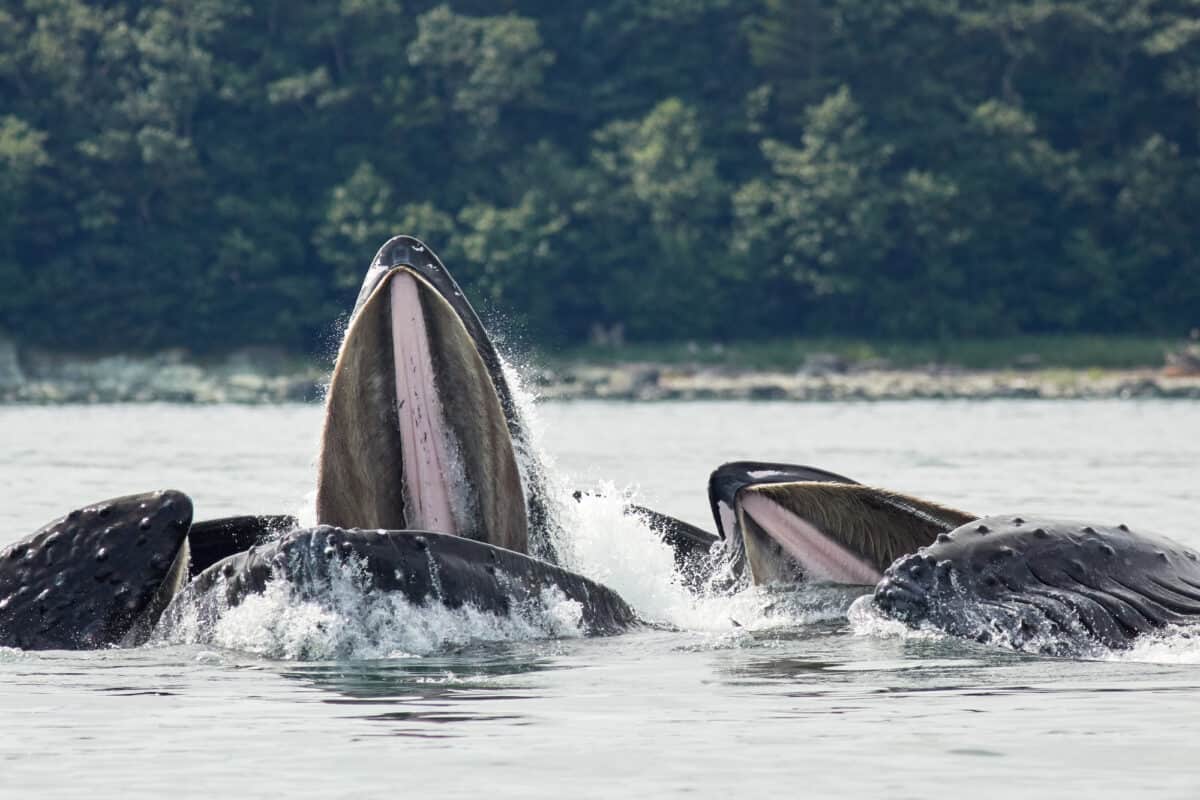
Humpback whales employ a unique feeding technique called bubble net feeding. They work together in groups to blow bubbles in a circular formation around a school of fish, trapping them. Then, they swim up through the center with their mouths wide open, capturing large amounts of prey in one gulp. This cooperative behavior likely has elements of both hunting and social interaction.
Socializing
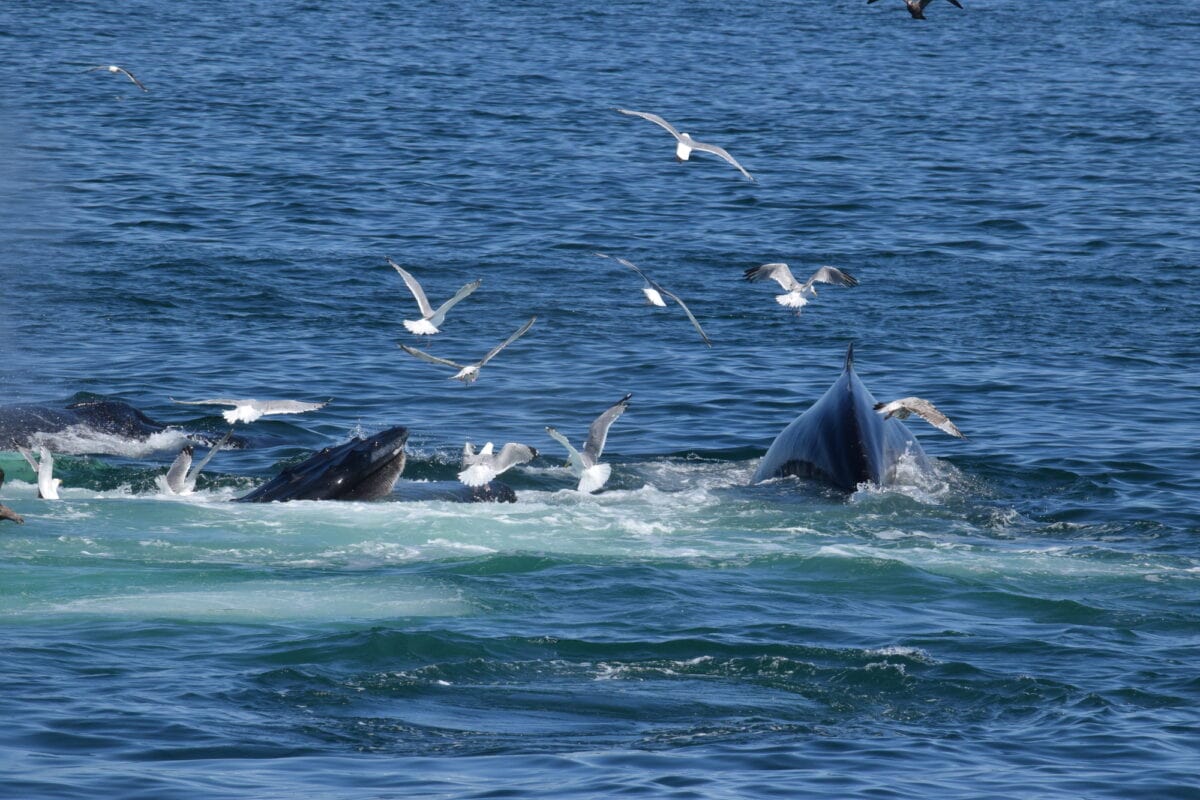
Humpback whales are highly social animals and often engage in playful interactions with each other. This can include breaching together, slapping their fins or tails on the water’s surface, or even spy-hopping, where they poke their heads out of the water to look around. These social interactions are essential for bonding within their pods and maintaining their complex social structure.
10 Physical Traits of the Humpback Whale
1. Size
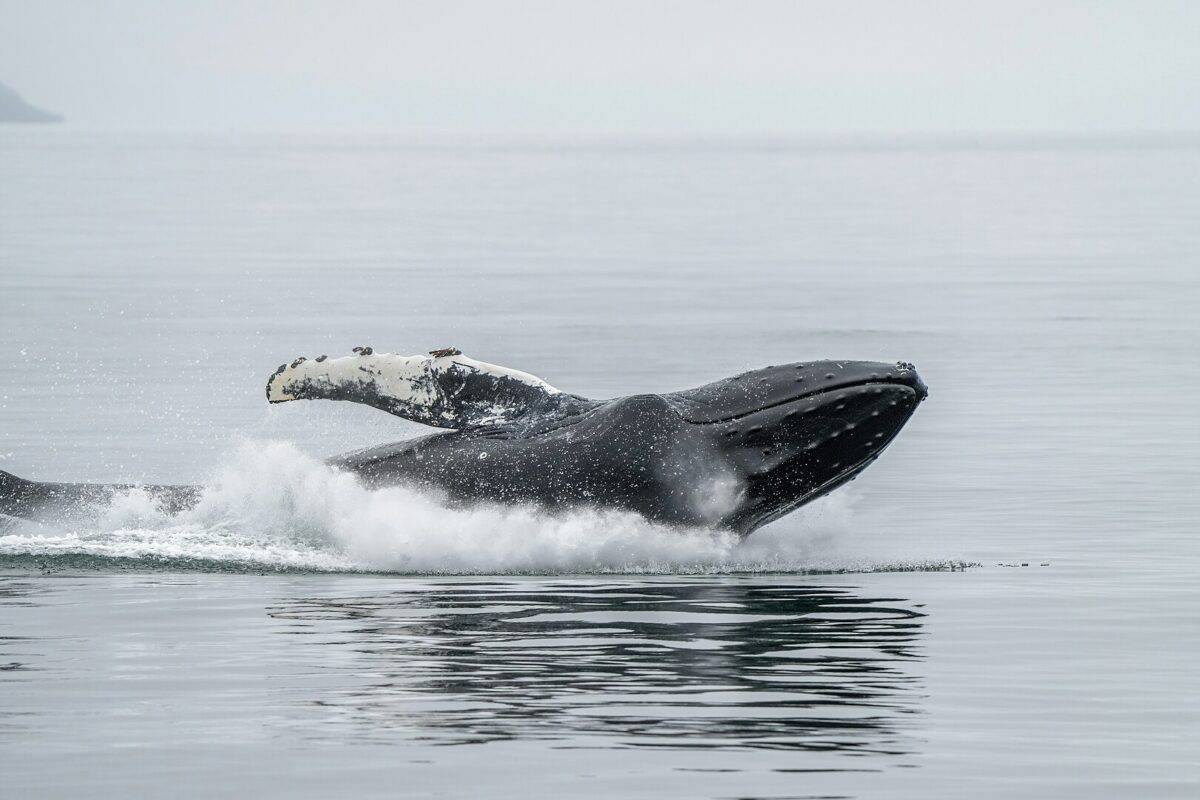
Humpback whales are among the larger species of whales, with adults reaching lengths of up to 50 feet (15 meters).
2. Flippers
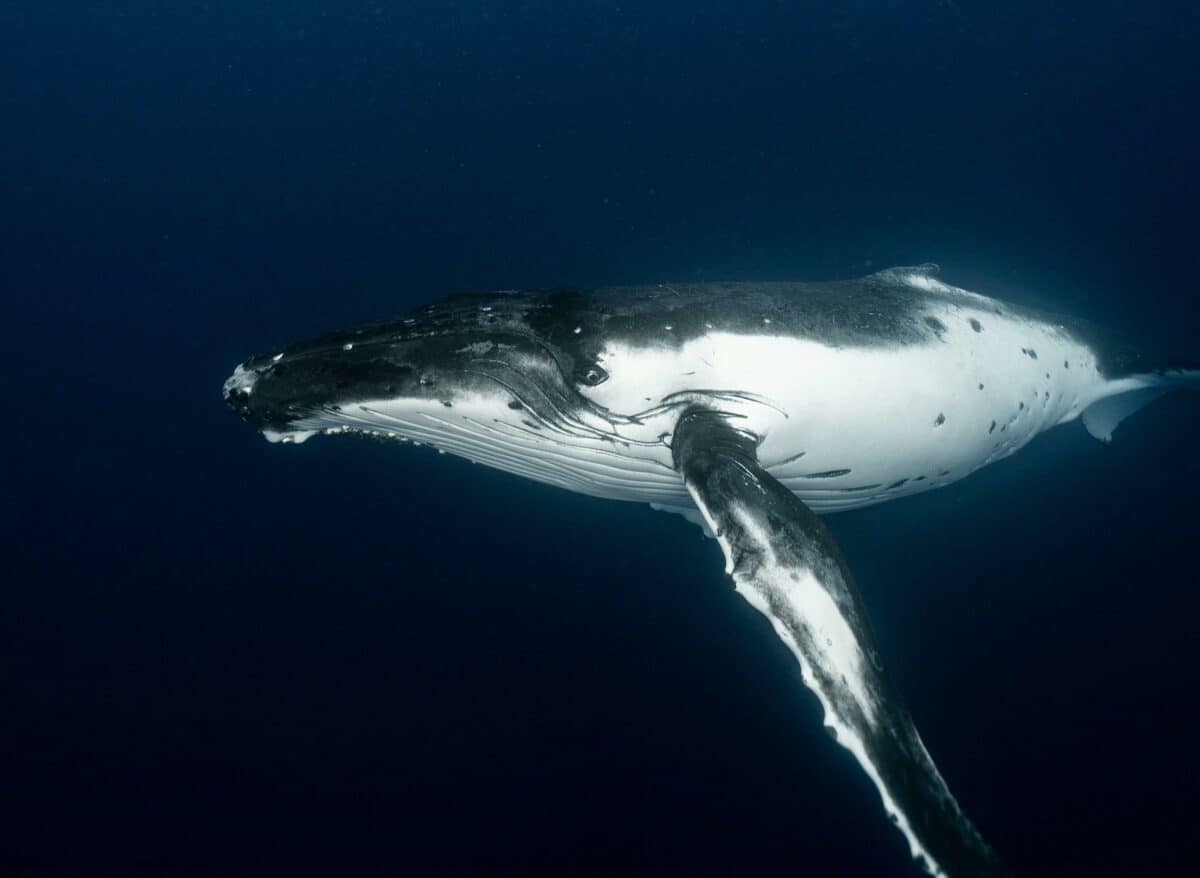
Their long pectoral flippers can span up to one-third of their body length, making them one of the most distinctive features of the humpback whale.
3. Bumpy Appearance
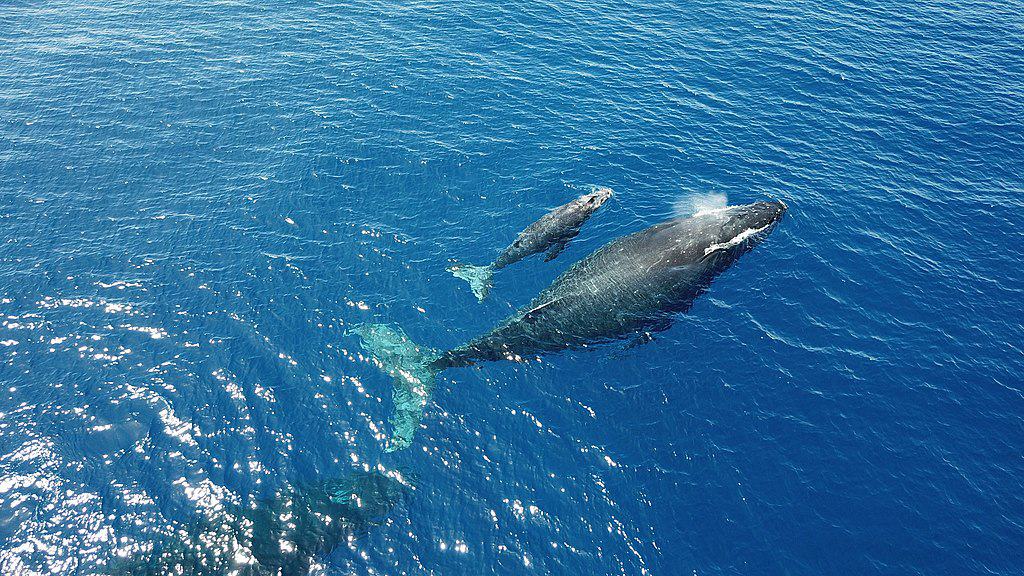
The surface of their skin is covered in bumps, called tubercles, each housing a single hair follicle and potentially aiding in hydrodynamics.
4. Baleen Plates
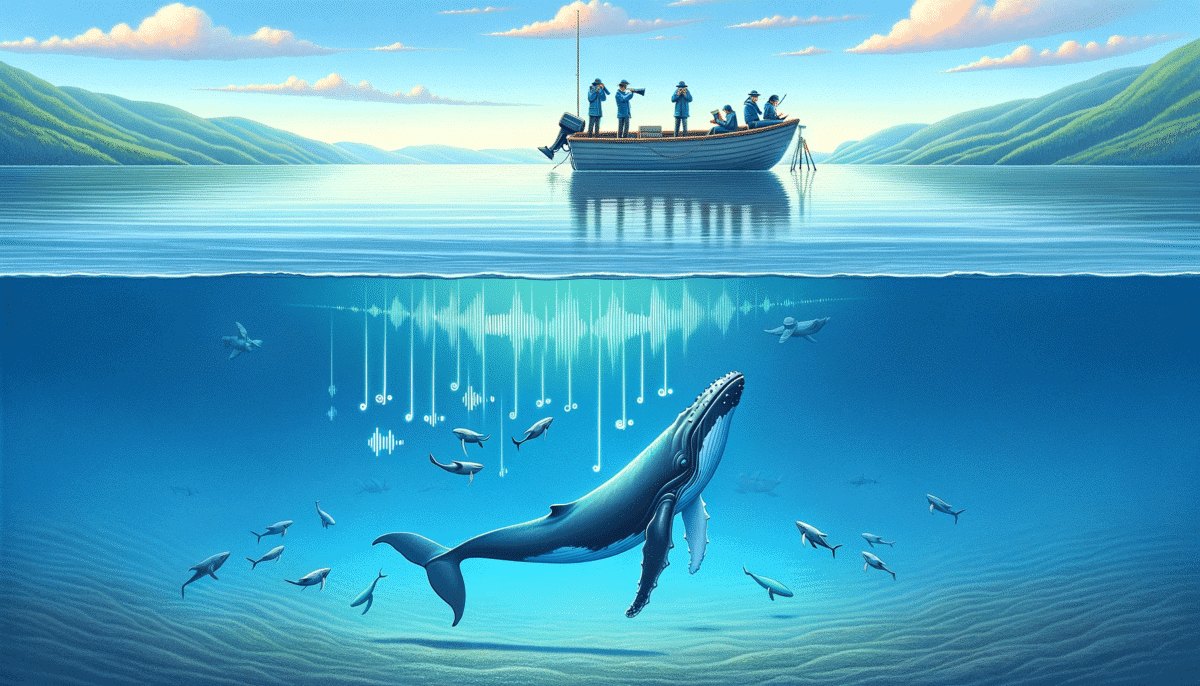
Humpback whales possess baleen plates in their mouths, which they use to filter-feed on small fish and krill.
5. Knobbly Head
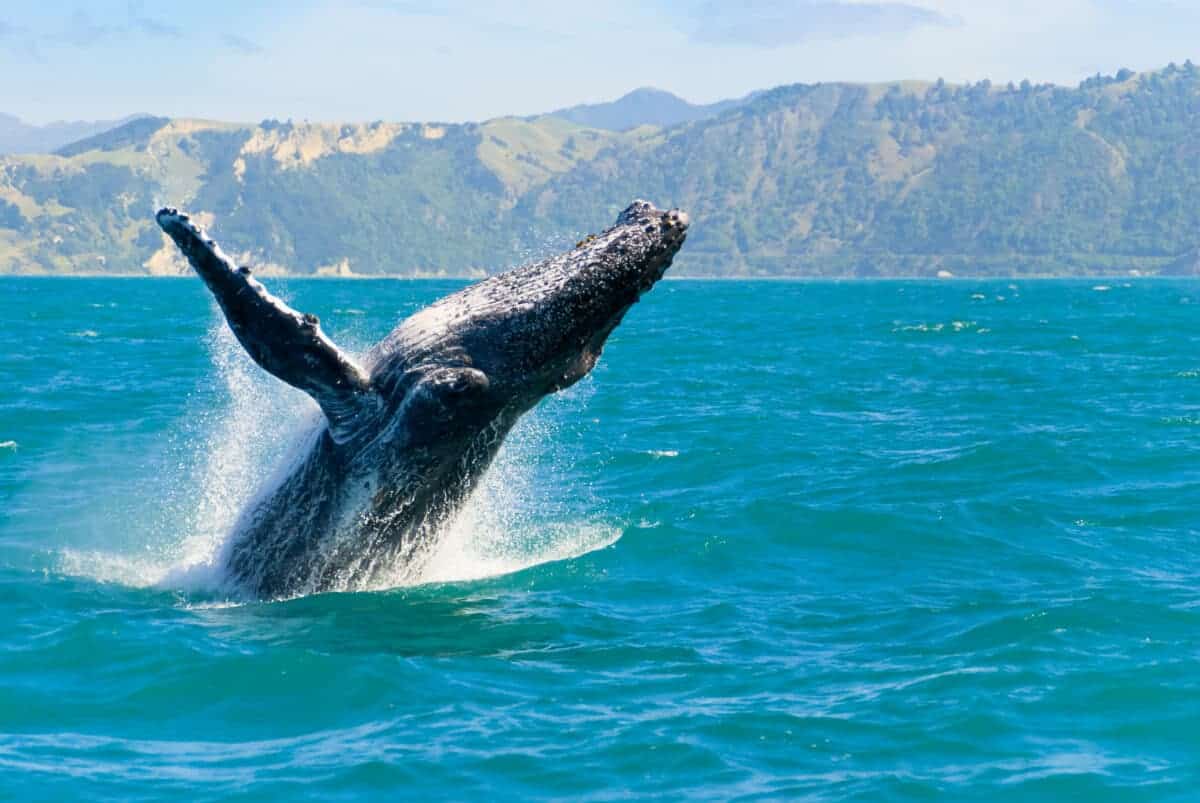
Their heads are often knobbly and covered in bumps, adding to their unique appearance.
6. Tail Flukes
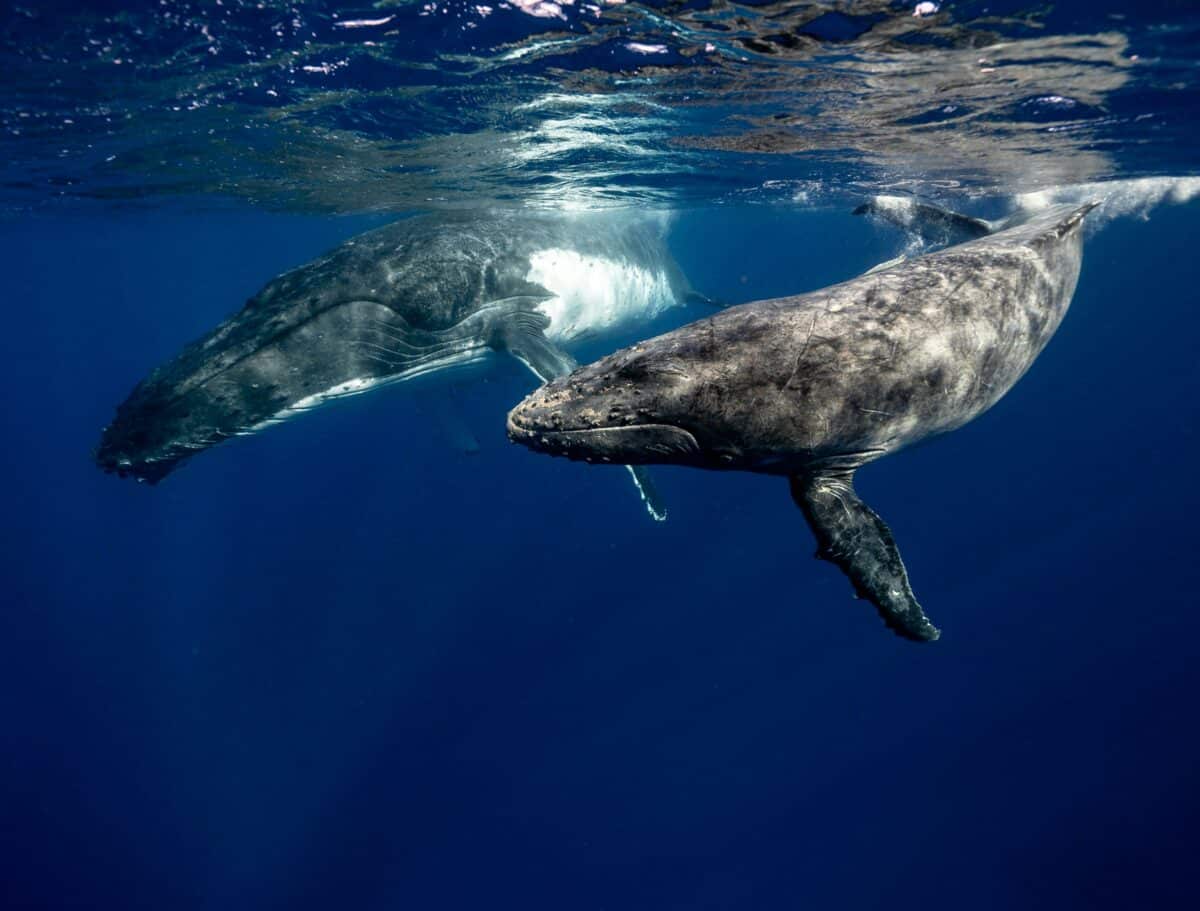
Their powerful tail flukes can measure up to 18 feet (5.5 meters) wide, enabling impressive displays during breaching and diving.
7. Dorsal Fin
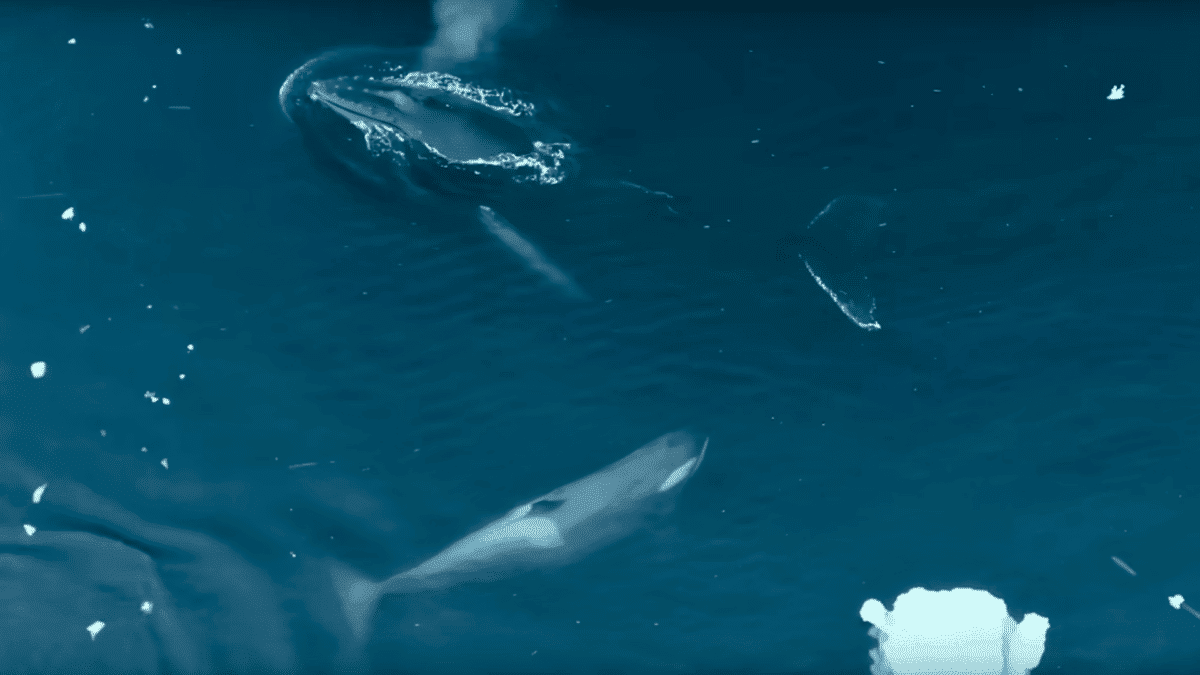
Humpback whales have a prominent dorsal fin located near the midpoint of their back, which varies in shape and size among individuals.
8. Distinctive Coloration
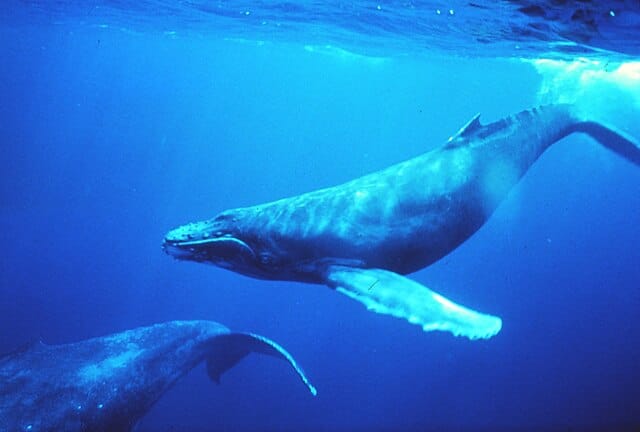
Their bodies are primarily dark gray or black, with white patches on their bellies and sometimes on their flippers.
9. Throat Grooves
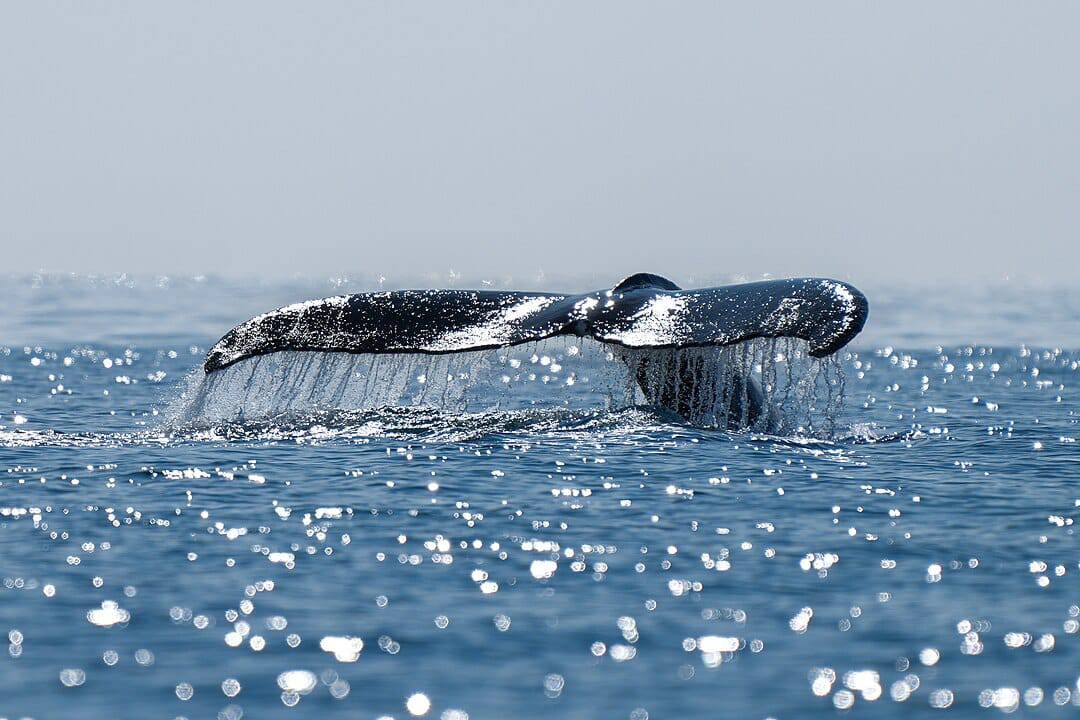
These expandable grooves on their throats allow them to take in large volumes of water while filter-feeding.
10. Unique Markings

Each humpback whale has a unique pattern of markings on the underside of its flukes, akin to a fingerprint, used for identification purposes.
Migratory Patterns:
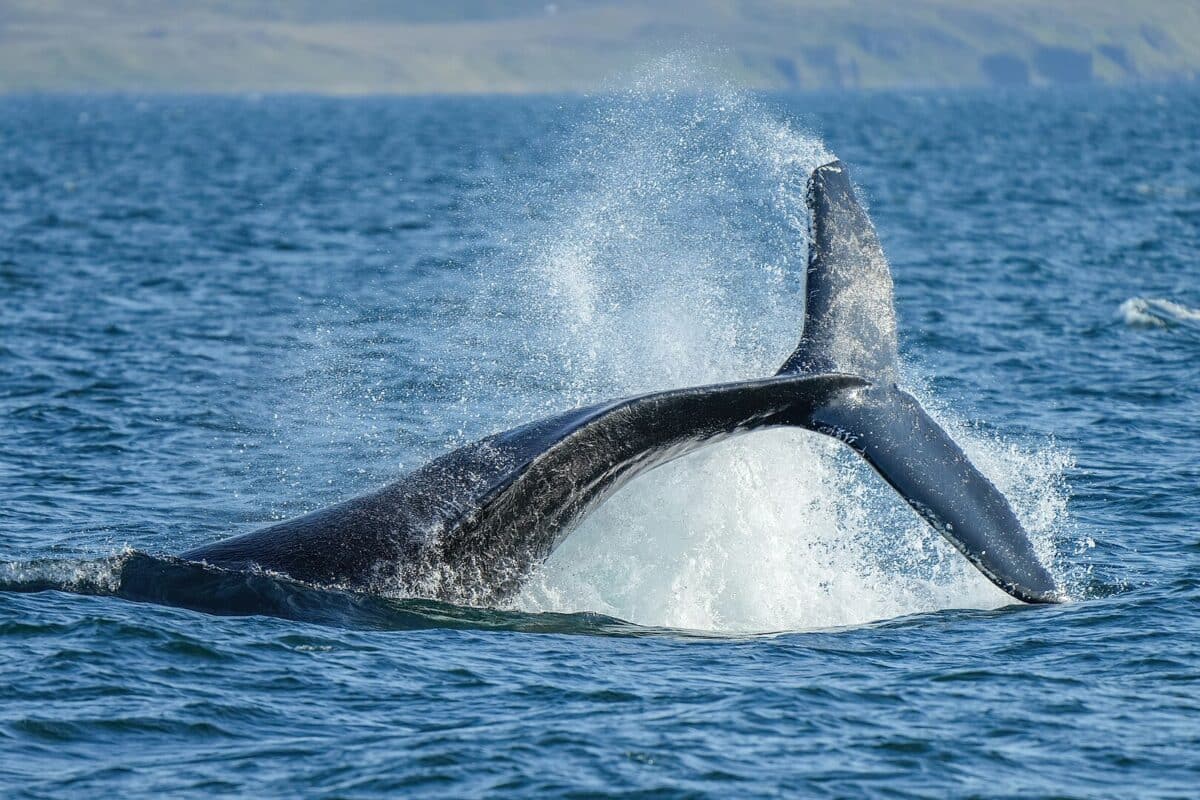
Humpback whales are renowned for their extensive migratory journeys, traveling thousands of miles between their feeding and breeding grounds. Their migratory patterns typically follow a seasonal cycle:
Feeding Season (Summer and Fall)
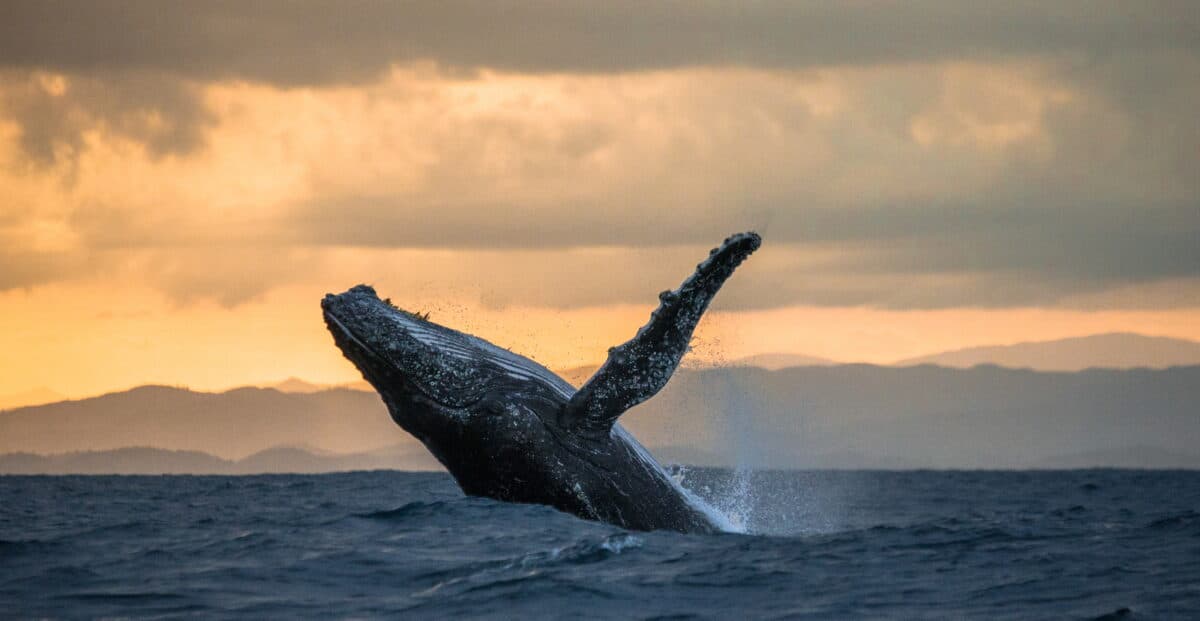
During the summer months, humpback whales migrate to polar or subpolar regions, such as the waters of Antarctica or the North Pacific, to feed on abundant krill and small fish.
Breeding Season (Winter and Spring)
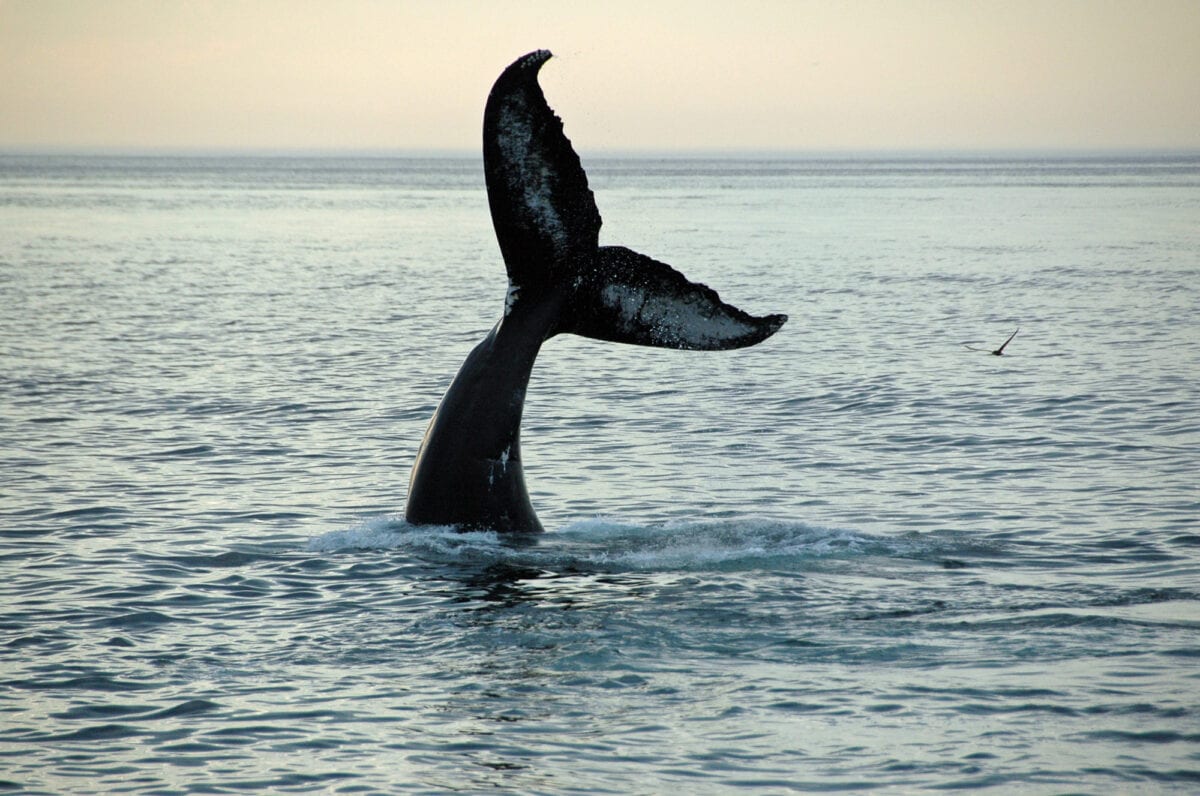
In the winter and spring, humpback whales migrate to warmer waters nearer the equator, where they engage in breeding activities and give birth to their calves. Locations such as Hawaii, Mexico, and the Caribbean are popular breeding grounds for these majestic creatures.
Return Migration
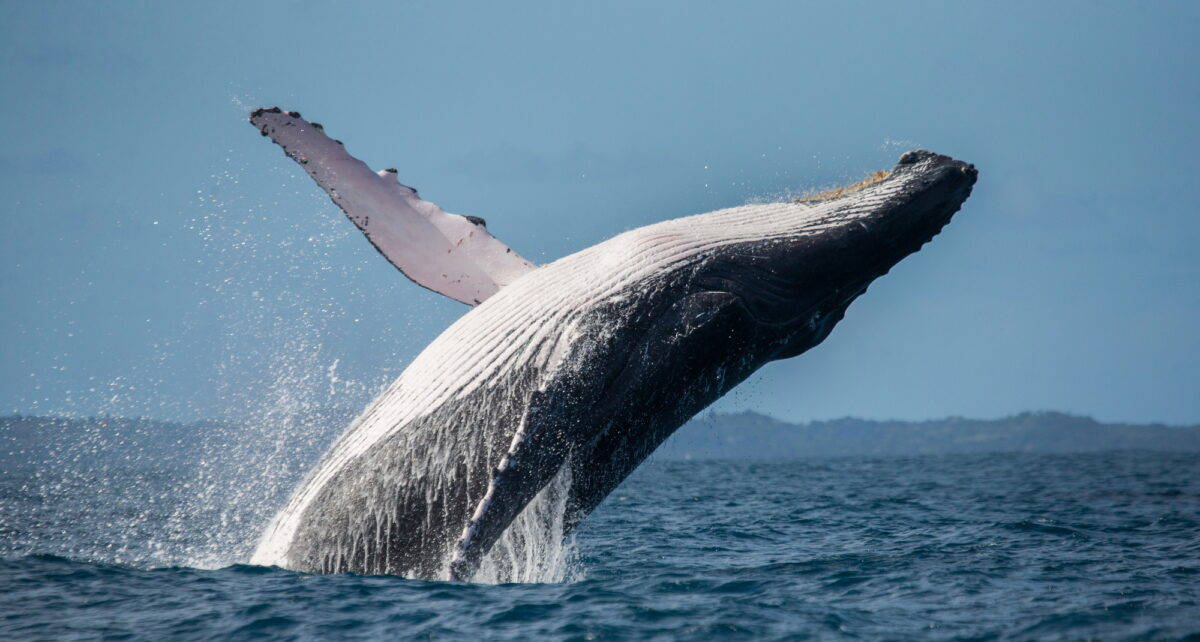
After the breeding season concludes, humpback whales embark on their return journey to their feeding grounds, completing the remarkable cycle of migration.
Bottom Line
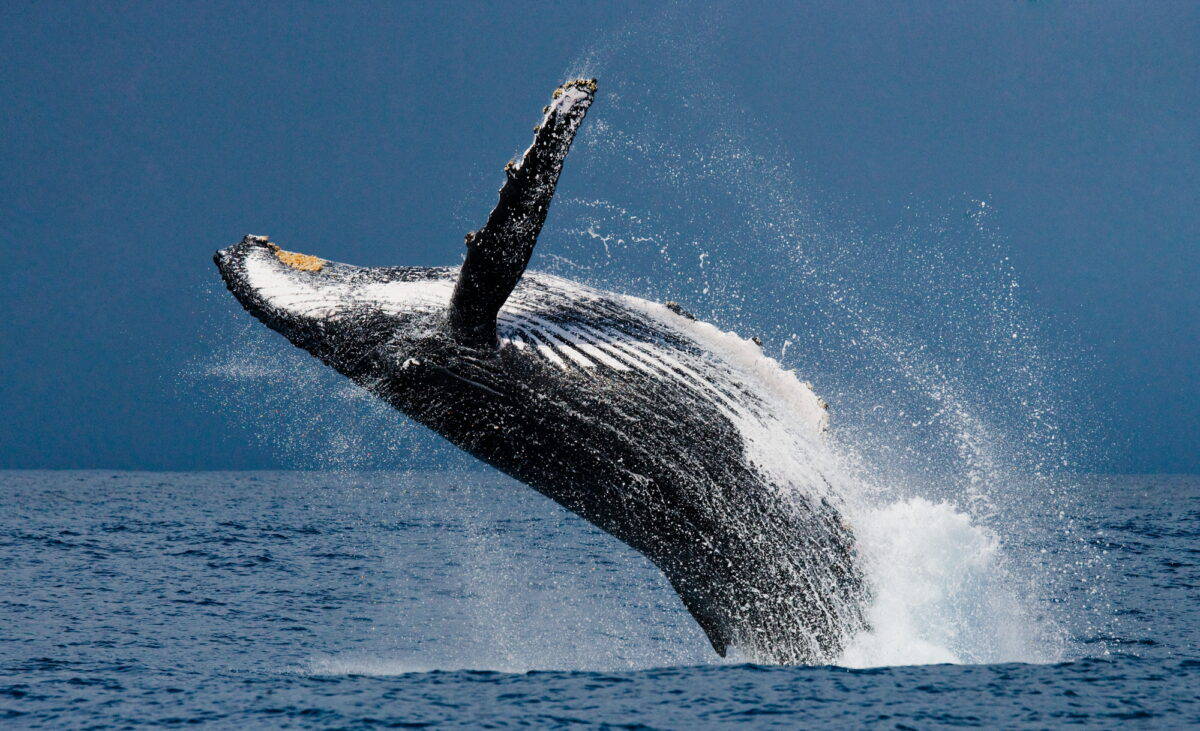
In conclusion, the encounter between the surfer and the humpback whale serves as a poignant reminder of the profound connections that exist between humans and the natural world. As we continue to explore and marvel at the wonders of the ocean, may we do so with a sense of reverence and respect for its inhabitants, both great and small.
Thanks for reading along, for more, check out our related article link below.
Next up:
Join our Forum for free today!

- Why Do Zebras Have Stripes - July 23, 2024
- Huge Pet Bison Breaks Into House - July 22, 2024
- Giant Black Bear Surprises Beachgoers by Emerging from the Ocean in Florida - July 22, 2024

